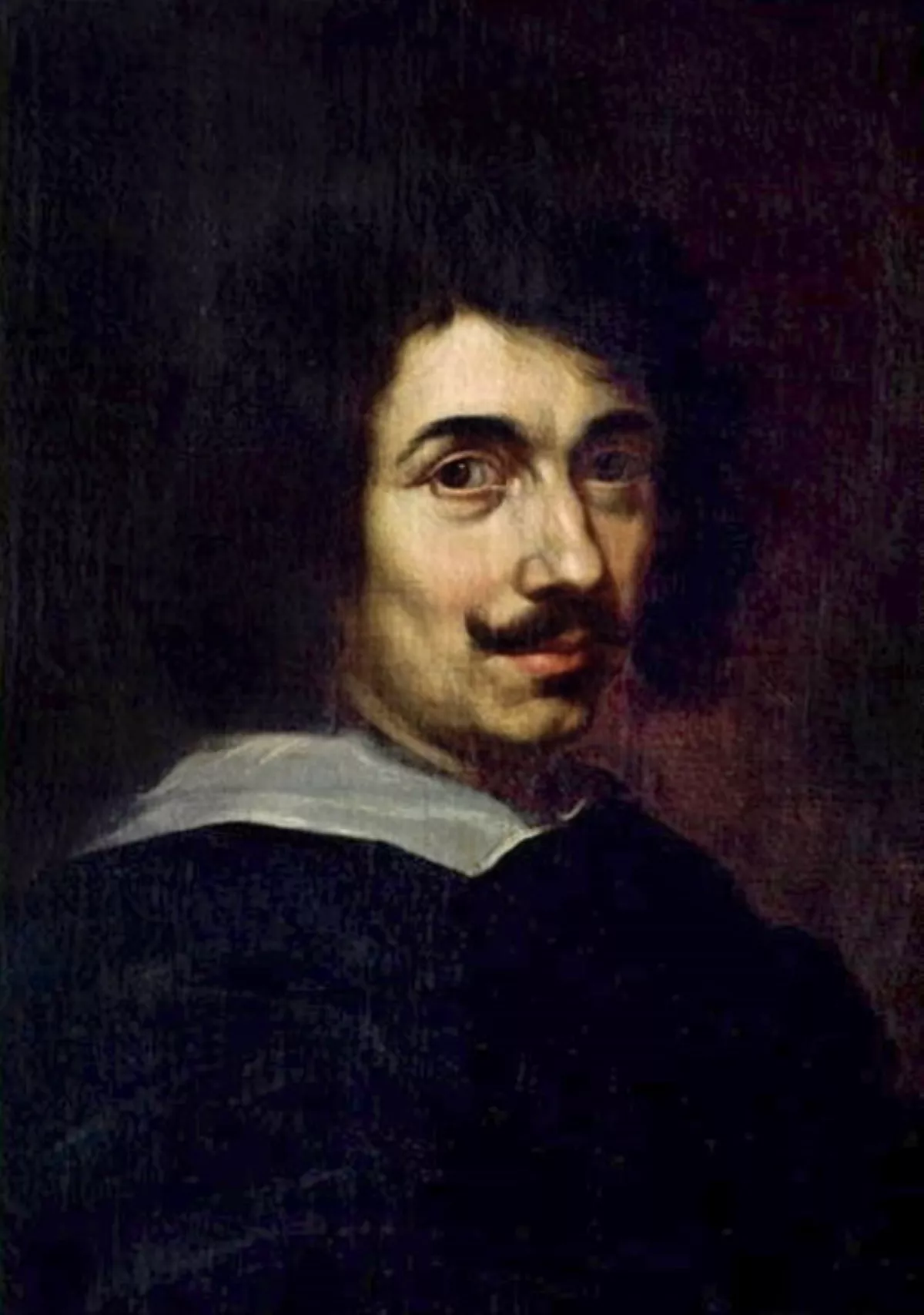 1.
1. Claude Lorrain spent most of his life in Italy, and is one of the earliest significant artists, aside from his contemporaries in Dutch Golden Age painting, to concentrate on landscape painting.

 1.
1. Claude Lorrain spent most of his life in Italy, and is one of the earliest significant artists, aside from his contemporaries in Dutch Golden Age painting, to concentrate on landscape painting.
Claude Lorrain was not generally an innovator in landscape painting, except in introducing the sun and streaming sunlight into many paintings, which had been rare before.
Claude Lorrain is thought of as a French painter, but was born in the independent Duchy of Lorraine, and almost all his painting was done in Italy; before the late 19th century he was regarded as a painter of the "Roman School".
Claude Lorrain's patrons were mostly Italian, but after his death he became very popular with English collectors, and the UK retains a high proportion of his works.
Claude Lorrain was a prolific creator of drawings in pen and very often monochrome watercolour "wash", usually brown but sometimes grey.
Claude Lorrain produced over 40 etchings, often simplified versions of paintings, mainly before 1642.
Claude Lorrain painted frescoes in his early career, which played an important part in making his reputation, but are now nearly all lost.
The earliest biographies of Claude are in Joachim von Sandrart's Teutsche Academie and Filippo Baldinucci's Notizie de' professori del disegno da Cimabue in qua.
Claude Lorrain's tombstone gives 1600 as his year of birth, but contemporary sources indicate a later date, circa 1604 or 1605.
Claude Lorrain was born in the small village of Chamagne, Vosges, then part of the Duchy of Lorraine.
Claude Lorrain was the third of five sons of Jean Gellee and Anne Padose.
Claude Lorrain then travelled to Italy, first working for Goffredo Wals in Naples, then joining the workshop of Agostino Tassi in Rome.
Finally, Baldinucci reports that in 1625 Claude undertook a voyage back to Lorraine to train with Claude Deruet, working on the backgrounds of a lost fresco scheme, but left his studio comparatively soon, in 1626 or 1627.
Claude Lorrain returned to Rome and settled in a house in the Via Margutta, near the Spanish Steps and Trinita dei Monti, remaining in that neighbourhood for the rest of his life.
On his travels, Claude Lorrain briefly stayed in Marseille, Genoa, and Venice, and had the opportunity to study nature in France, Italy, and Bavaria.
Baldinucci reported that a particularly important commission came from Cardinal Bentivoglio, who was impressed by the two landscapes Claude Lorrain painted for him, and recommended the artist to Pope Urban VIII.
Claude Lorrain went on to fulfill many important commissions, both Italian and international.
In 1650, Claude Lorrain moved to a neighboring house in Via Paolina, where he lived until his death.
Sons of Claude Lorrain's brothers joined the household in 1662 and around 1680.
In 1663 Claude Lorrain, who suffered much from gout, fell seriously ill, his condition becoming so serious that he drafted a will, but he managed to recover.
Claude Lorrain painted less after 1670, but works completed after that date include important pictures such as Coast View with Perseus and the Origin of Coral, painted for the celebrated collector Cardinal Camillo Massimo, and Ascanius Shooting the Stag of Sylvia, Claude's last painting, commissioned by Prince Lorenzo Onofrio Colonna, his most important patron in his last years.
Claude Lorrain was originally buried in Trinita dei Monti, but his remains were moved in 1840 to San Luigi dei Francesi.
One example of a semi-topographic painting with "modern" buildings is A View of Rome, which seems to represent the view from the roof of Claude Lorrain's house, including his parish church and initial burial place of Santa Trinita del Monte, and other buildings such as the Quirinal Palace.
Claude Lorrain painted a pastoral world of fields and valleys not distant from castles and towns.
Claude Lorrain was described as kind to his pupils and hard-working; keenly observant, but an unlettered man until his death.
The Claude glass, named after Lorrain in England although there is no indication he used or knew of it or anything similar, gave a framed and dark-tinted reflection of a real view, that was supposed to help artists produce works of art similar to his, and tourists to adjust views to a Claudian formula.
Claude Lorrain glasses were widely used by tourists and amateur artists, who quickly became the targets of satire.